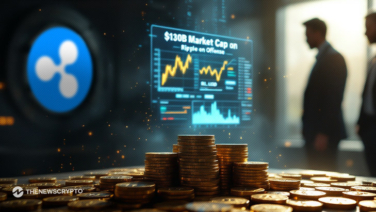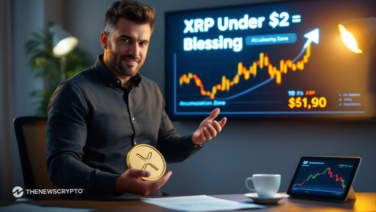- Regulation remains primary XRP catalyst following $50 million SEC settlement.
- Institutional adoption critical for maintaining XRP’s market relevance.
- Technology upgrades needed to compete with newer blockchain solutions.
Forbes contributor Zennon Kapron has identified four critical factors that could shape XRP’s price trajectory throughout 2025, with regulation leading the list of potential catalysts. According to the analysis, XRP’s price potential remains connected to the settlement of Ripple’s legal battles with the U.S. Securities and Exchange Commission.
The regulatory sector has shifted following Ripple’s settlement with the SEC, which reduced the company’s fine to $50 million. Although this agreement has been reached by all parties, the matter is still pending final court approval.
Due to procedural inaccuracies, the judge rejected the updated settlement terms last week; nevertheless, Ripple’s senior attorney clarified that this does not impact the settlement deal or the company’s prior court wins.
On the day of the announcement, the 2023 court decision that XRP is not a securities caused a 100% price spike. Many market observers believe the ultimate resolution of the Ripple lawsuit could provide similar upward pressure on XRP’s valuation.
Real-world adoption drives utility
Ripple Payments, formerly known as On-Demand Liquidity, utilizes XRP as a bridge asset for cross-border payments, providing a concrete use case that could drive transaction volume. Many institutions have the option to use either XRP or Ripple’s stablecoin RLUSD for transactions, raising concerns within the community about the token’s diminishing role in the ecosystem beyond covering transaction fees.
The analysis suggests that institutions may increasingly opt for private or fiat-backed digital alternatives rather than integrating XRP directly into their operations, potentially limiting the token’s utility growth.
XRP’s traditional advantages of low transaction fees and high processing speed are no longer unique selling points in the cryptocurrency market. Competing blockchains and Layer-2 solutions have closed this gap, requiring continuous technological improvements from Ripple.
Kapron stressed that the coin’s underlying technology must evolve to remain competitive. The development roadmap should incorporate protocol upgrades that enhance scalability and privacy features while establishing interoperability bridges to connect XRP with other major blockchain networks.








